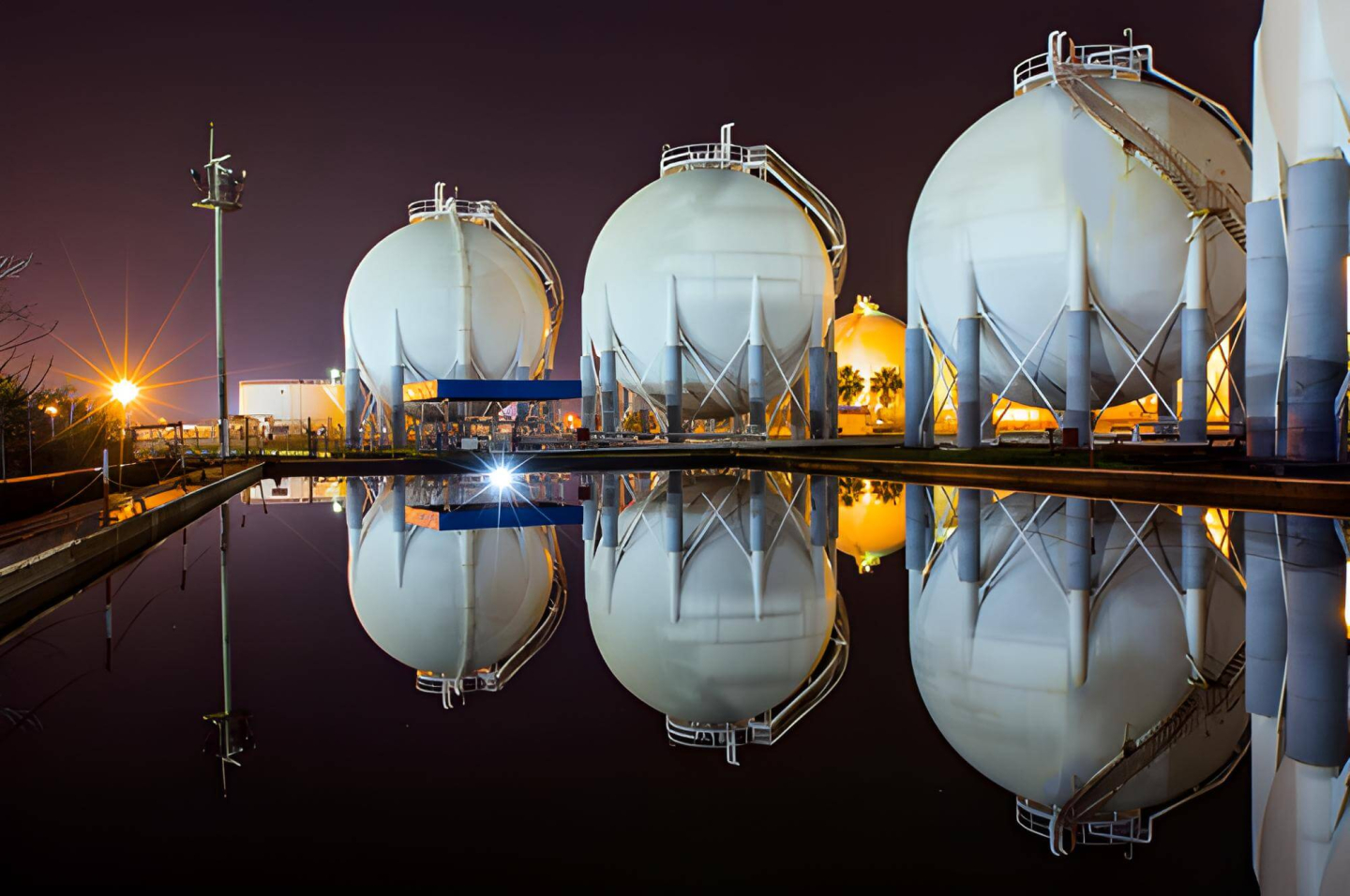Today, we are seeing a massive spike in gas prices in Europe. This is the result of several important factors. Firstly, it is worth mentioning the limited production of electricity from wind in Germany or from the Sun in other European economies. Secondly, temperatures in Europe have fallen dramatically, which has also increased the demand for gas in terms of heat production.
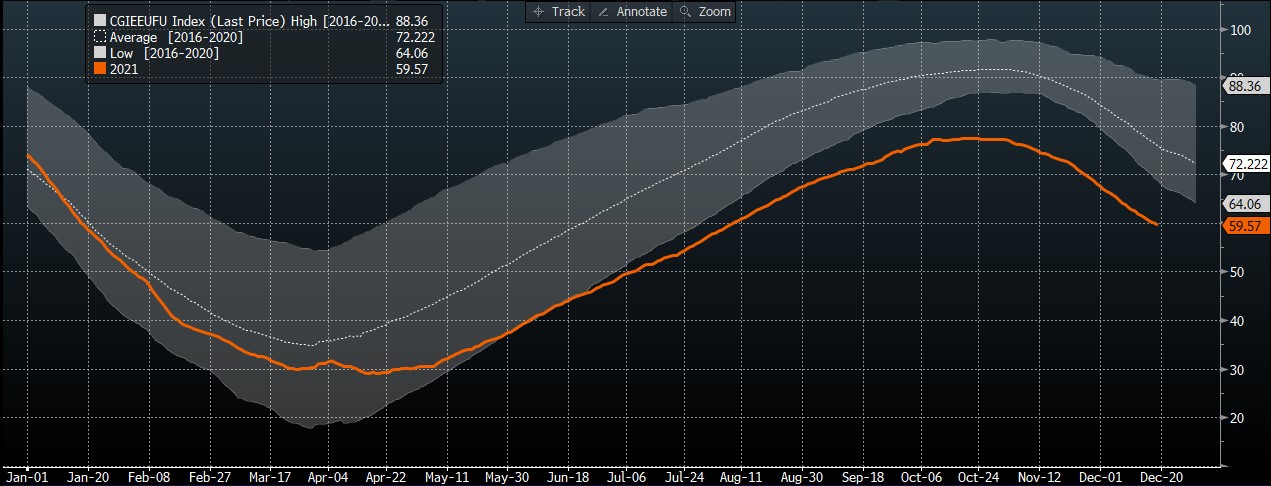 The filling level of storage facilities in Europe is around 60%. Last year, this level was not reached until the end of January. Gas supply is decreasing, but in line with the trend of recent years. Source: Bloomberg
The filling level of storage facilities in Europe is around 60%. Last year, this level was not reached until the end of January. Gas supply is decreasing, but in line with the trend of recent years. Source: Bloomberg
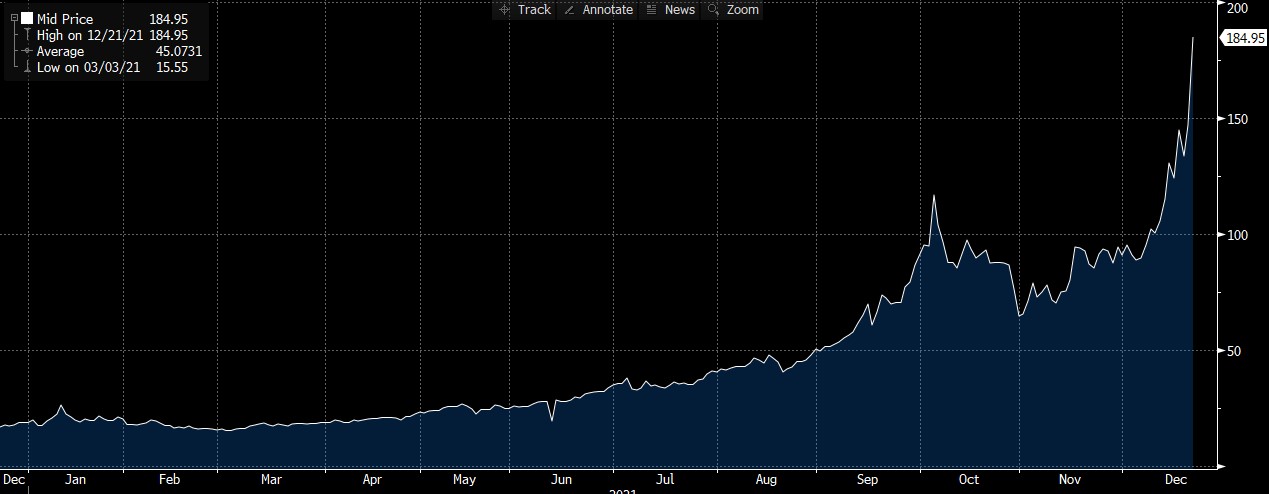 Gas in Europe exceeds the level of 180 EUR/MW, whereas a year ago prices were rather around 20-30 EUR/MW. The price situation seems to be dramatic, which may translate into additional demand for LNG. Source: Bloomberg
Gas in Europe exceeds the level of 180 EUR/MW, whereas a year ago prices were rather around 20-30 EUR/MW. The price situation seems to be dramatic, which may translate into additional demand for LNG. Source: Bloomberg
What does this mean for US prices? At the same time, not much, but the outlook for further weeks could change. There could be an even greater increase in demand for LNG from Europe, particularly for the period between the end of February and the beginning of January. Increased LNG exports mean less gas in the United States. At the same time, the weather in the US may also change, which could lead to an additional price spike in the US.
At the same time, a strong increase in gas prices in Europe may again be positive for oil, as some production plants or power stations (if they have the capacity) may switch to oil, which is significantly cheaper. This is another factor that could support a rebound in oil prices.
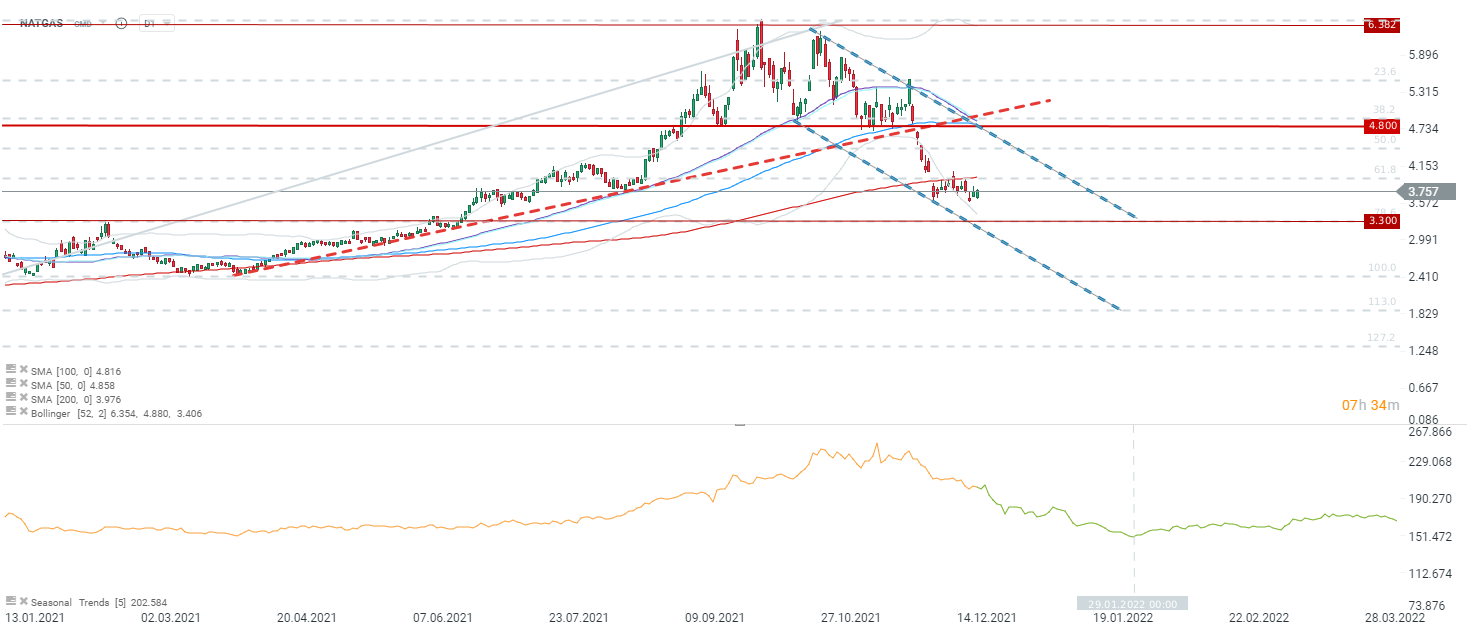 The US gas price, on the other hand, remains low and under supply pressure. However, this could change if the weather in the US worsens and there is increased demand for LNG. Source: xStation 5
The US gas price, on the other hand, remains low and under supply pressure. However, this could change if the weather in the US worsens and there is increased demand for LNG. Source: xStation 5
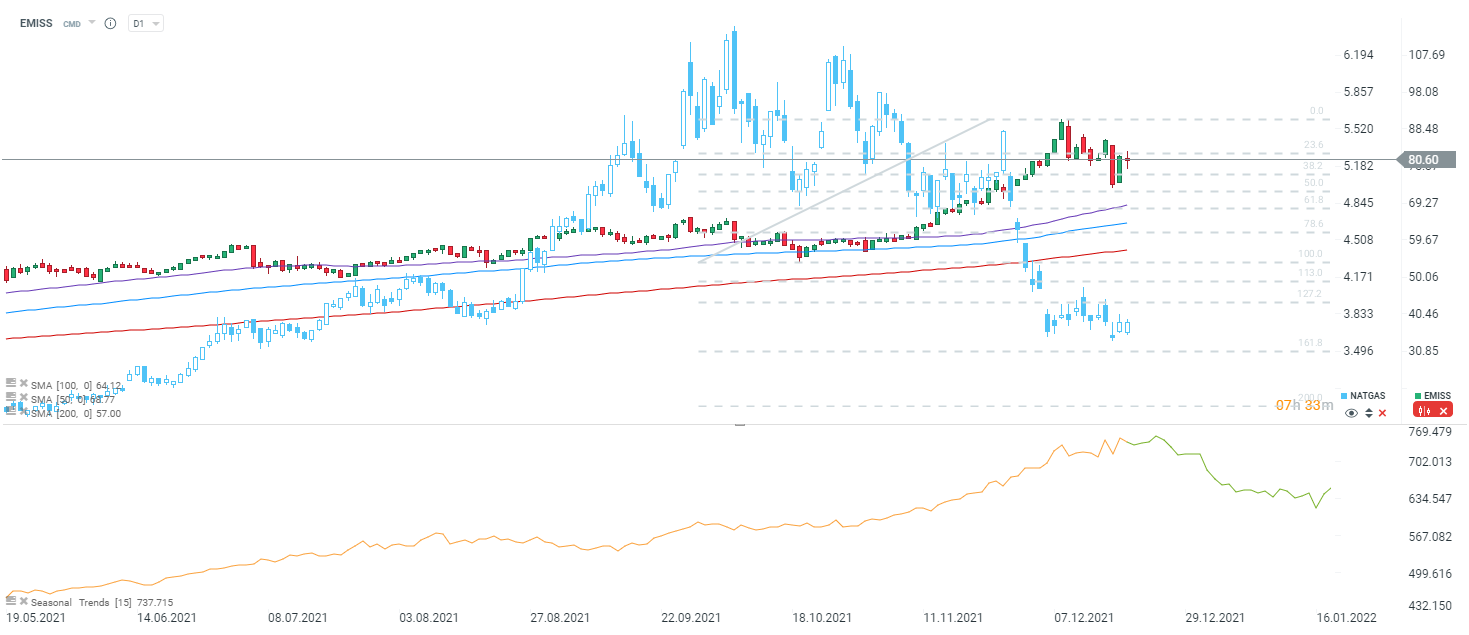 Meanwhile, emission permits are starting to stabilize. Nevertheless, it may turn out that with such gigantic increases in gas prices, there will be even more use of coal, which will lead to renewed upward pressure on emission permits. It is worth noting, however, that the seasonality on EMISS points to limited chances for increases. Still, everything could depend on weather and gas prices. Source: xStation 5
Meanwhile, emission permits are starting to stabilize. Nevertheless, it may turn out that with such gigantic increases in gas prices, there will be even more use of coal, which will lead to renewed upward pressure on emission permits. It is worth noting, however, that the seasonality on EMISS points to limited chances for increases. Still, everything could depend on weather and gas prices. Source: xStation 5
Daily Summary - Global Sell-Off: Stocks and Crypto Down
Chart of the day - OIL (03.11.2025)
Morning wrap (31.10.2025)
Daily Summary: ECB, FOMC and MAG7 - mixed signals and risk aversion
